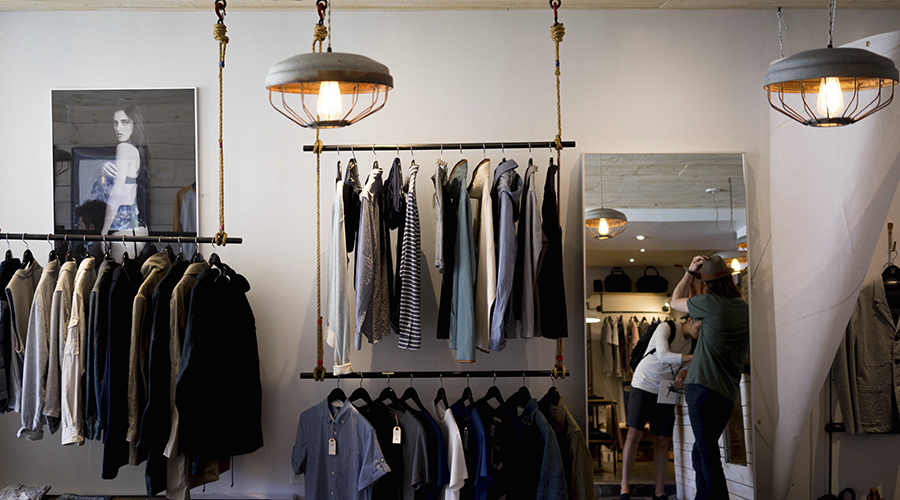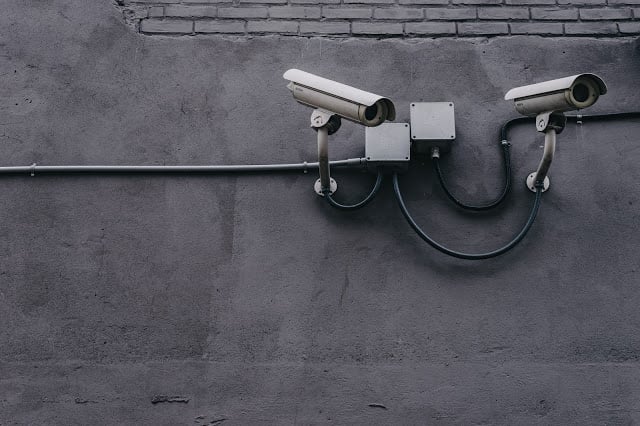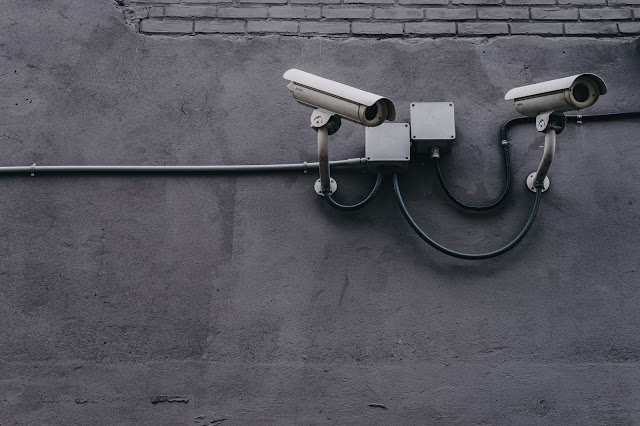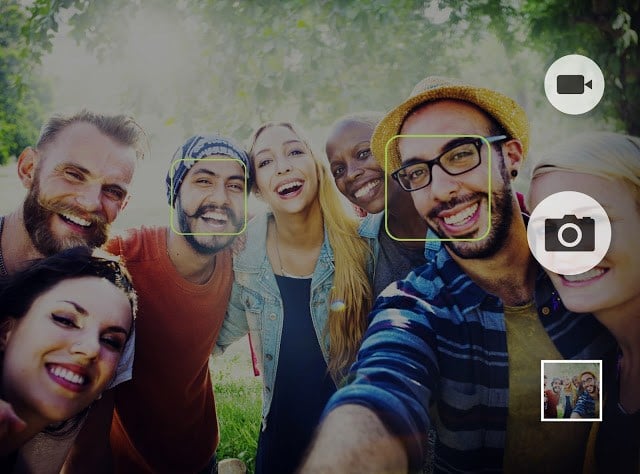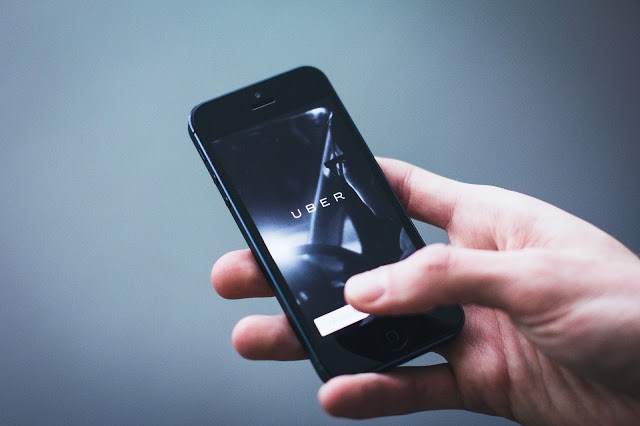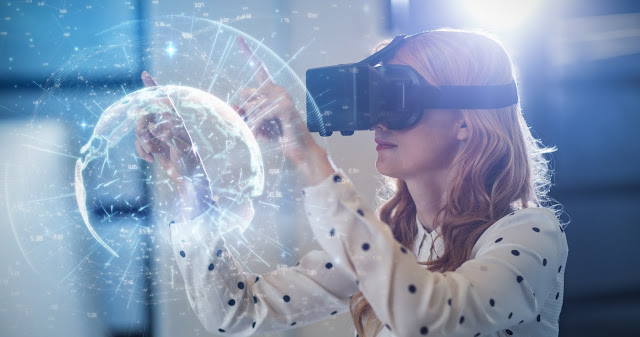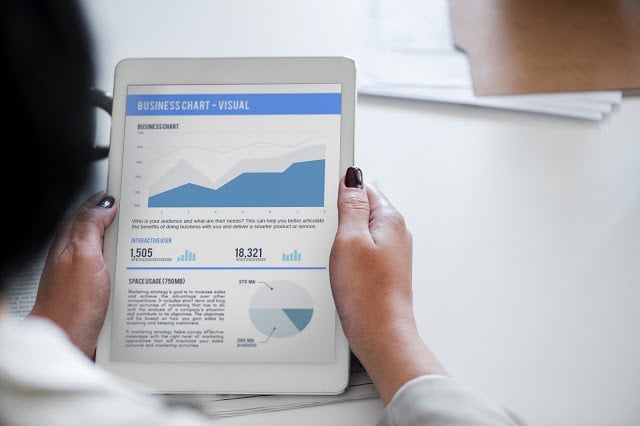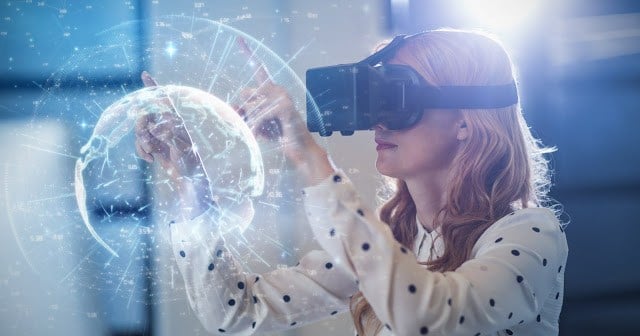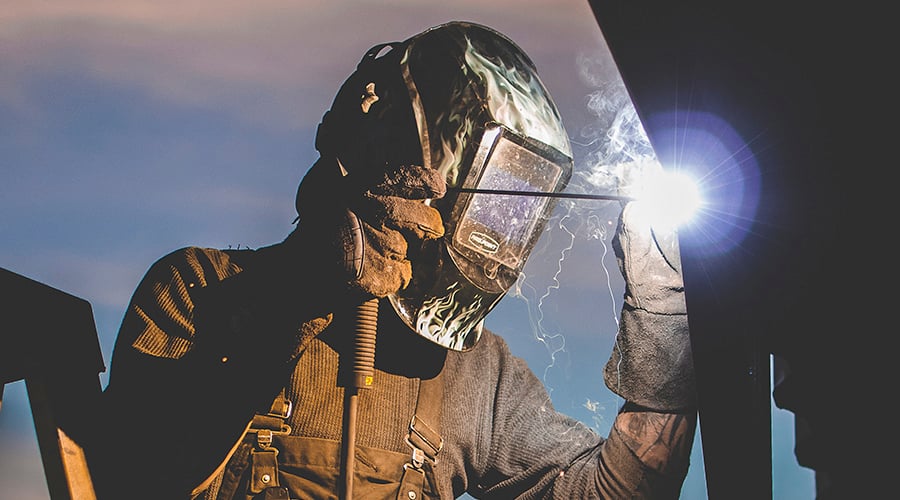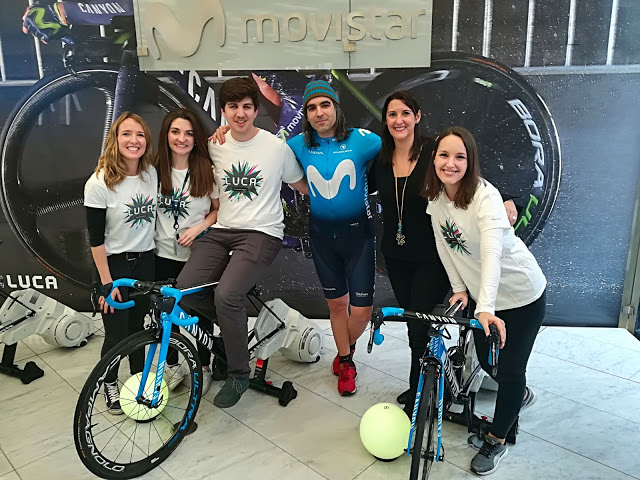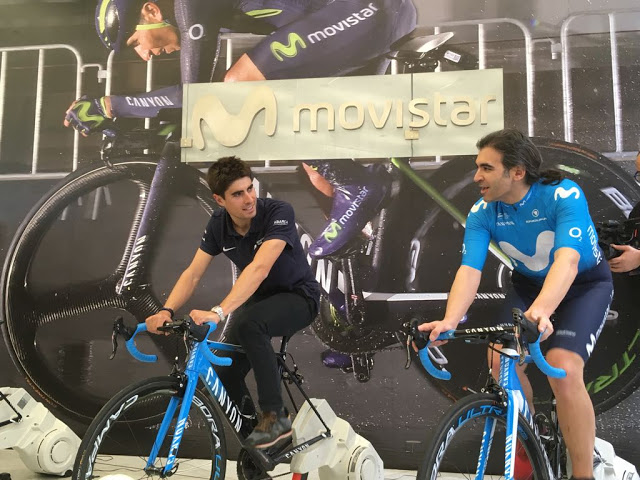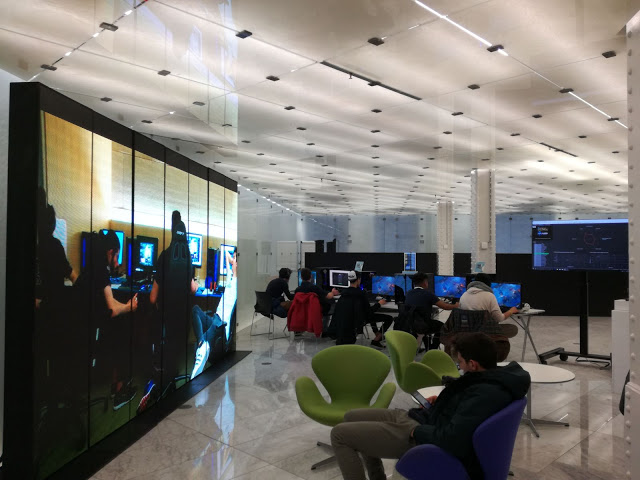The digital transformation of brick-and-mortar stores and their integration with other channels is an inevitable process. It is also the best way to rise to the challenge that 100% digital ecommerce companies are posing to the retail sector. In this sense, Statista calculates that ecommerce will account for 14% of total retail sales in the USA by 2021.
In view of this increase, the evolution in the retail sector must encompass omnichannel (combination of online and offline) and digitalization. That is, online sales have to be combined with service in increasingly digital stores in order to improve customers’ shopping experience, as explained in a previous blogpost.
The evolution towards the customer as the core of technology
Until just a few years ago, many of the top store technologies brought advantages for the stores but did not have much of an impact on customers. The computerization of points of sale, bar codes, and the adoption of more efficient lighting have improved many in-store processes and efficiency and have optimized revenues, but they have not significantly improved the shopping experience. Now, the most prominent new technologies are totally customer-centered and accompany them along their entire customer journey. So, what do these new in-store technologies consist of?
- Digital shop windows: Digital signage has extremely important applications as an advertising strategy. One example is the impressive action with multiple videos that Samsung recently undertook in Plaza de Callao. However, it also provides intriguing solutions for both inside and outside the store so that customers can see selected products without them having to leave the displays, aisles, or warehouses.
- Digital directories and interactive catalogues: Digital directories are located at the entrance to the store and show an interactive 3-D map of the store with the location of each product category. Likewise, interactive catalogues are distributed around the different sections in the store and allow customers to search for the availability of a given product and its location in the store.
- Augmented reality applications for stores: The new capacities of smartphones, such as those that allow the ARKit of the latest version of iOS allow applications to be developed in which augmented reality can make life easier for customers in the store. For example, it can provide the location of products by aisles or show products by pieces that have already been virtually assembled.
- Beacons to interact with customers: Beacons are small, low-consumption devices which are scattered around the store and are capable of interacting with customers’ mobile devices. They provide the store with invaluable information on the customers’ location within the store and which areas are the densest and are sparking the most interest. Customers that authorize these interactions with beacons can receive personalized notices and deals when they draw near them.
- Digital fitting rooms: Several retail companies have successfully implemented this technology. Currently, the majority consist of a touchscreen inside the fitting room which allows customers to choose clothing sizes and different colours, to see other products, or to ask store staff for help. But there are also developments that include augmented reality which virtually superimpose clothing onto the customers’ reflected image.
- Wearable and biometric payment: Clients can forget about carrying credit cards. Payment by NFC is becoming increasingly widespread, so customers can pay just by bringing their mobile devices or wearables such as smartwatches closer to the payment device. However, the next step is when devices are not even needed; all we will have to do is identify ourselves with a body part. In this vein, there are already payment systems via facial recognition in China.
There are also other solutions which make customers’ in-store experience more pleasant, such as background music like Spotmusic and Wi-Fi solutions. They are all shaping the store of the future, whose core is not only productivity, efficiency, or cost-saving but also customers and new in-store experiences.
